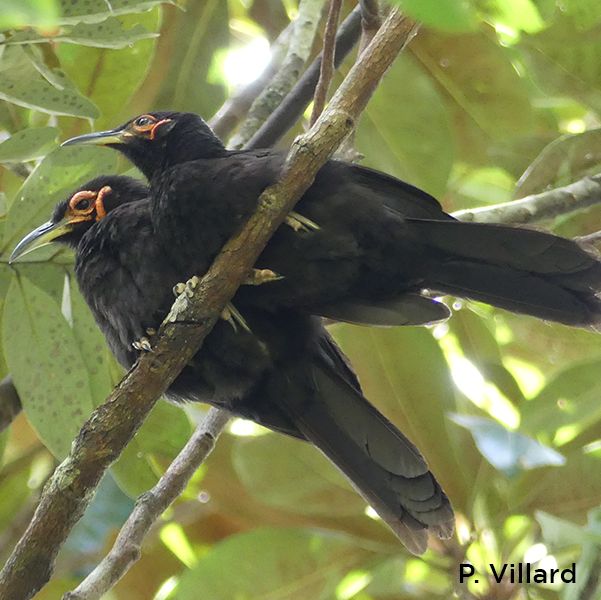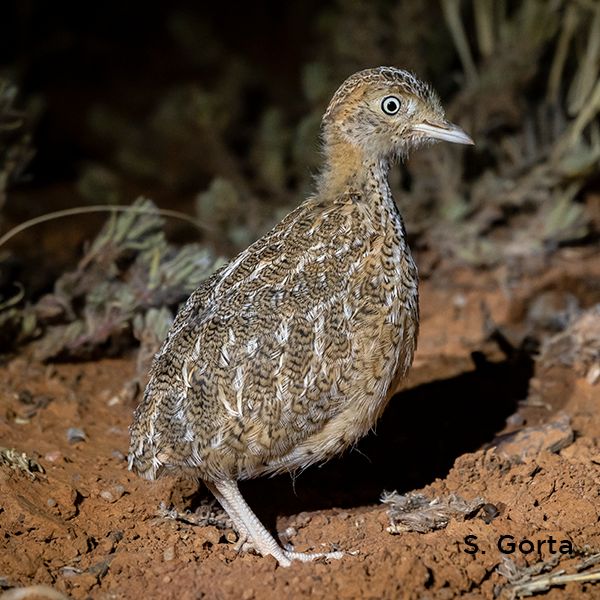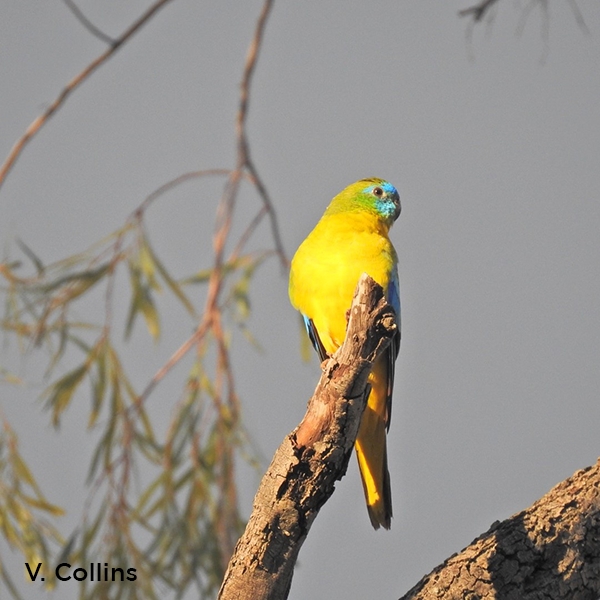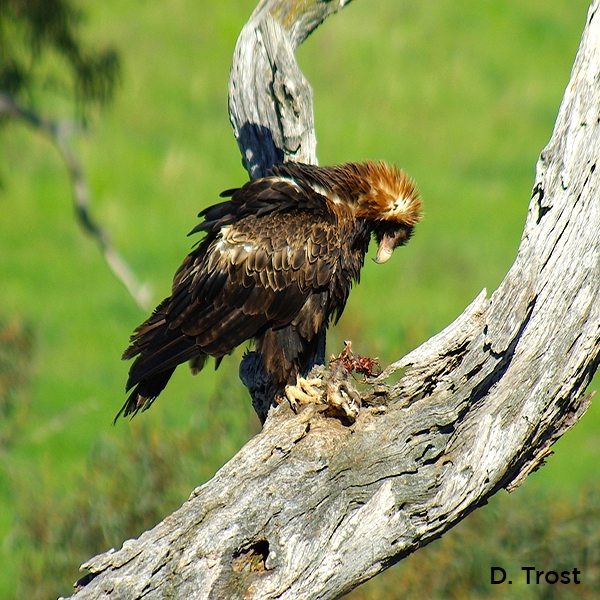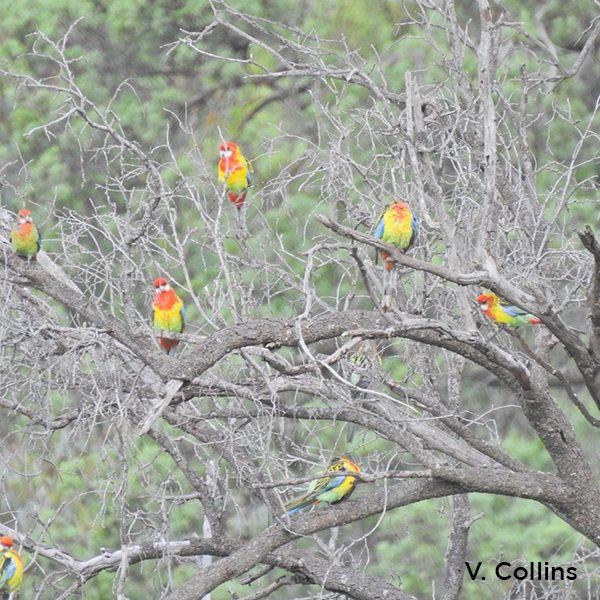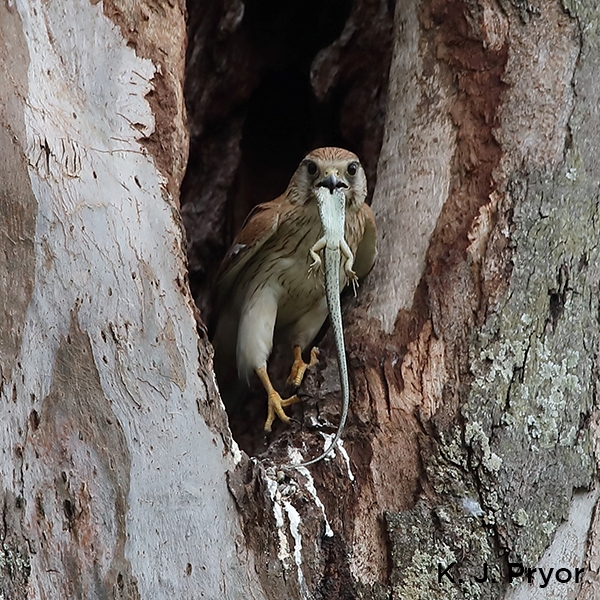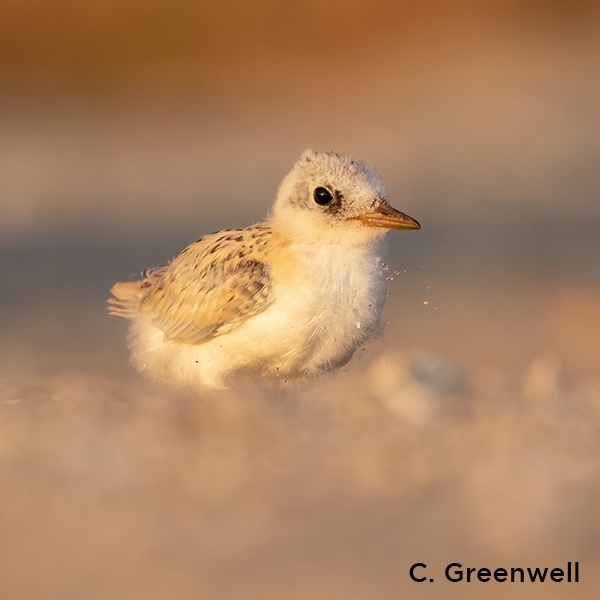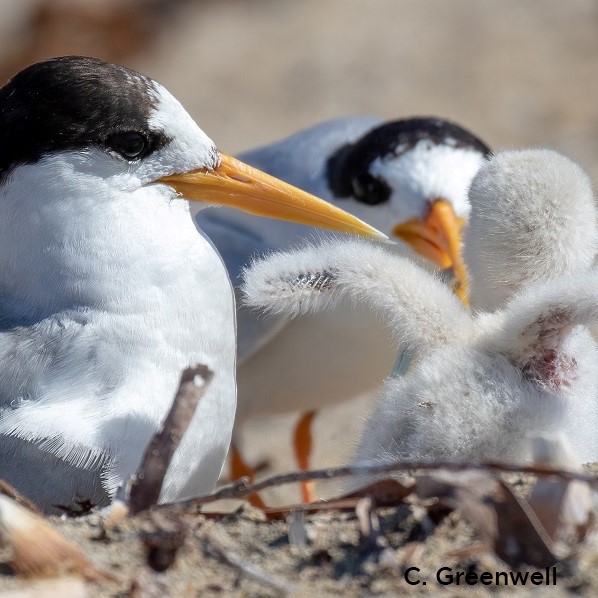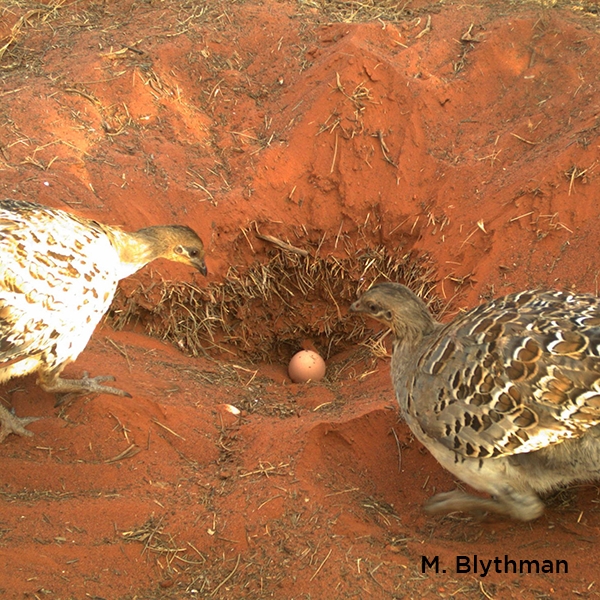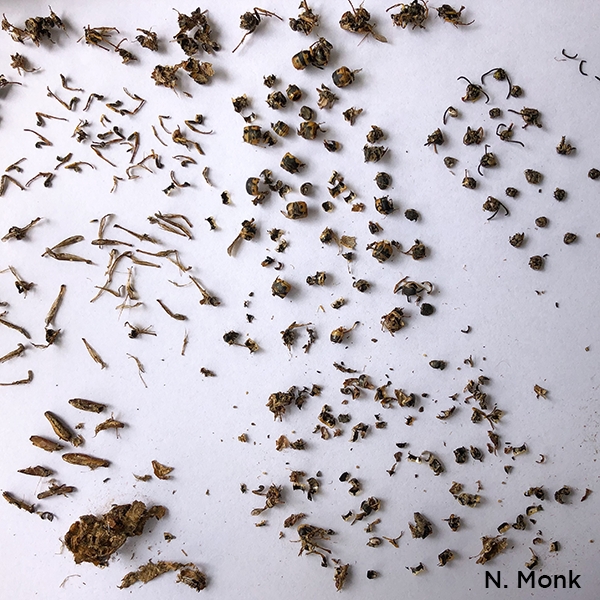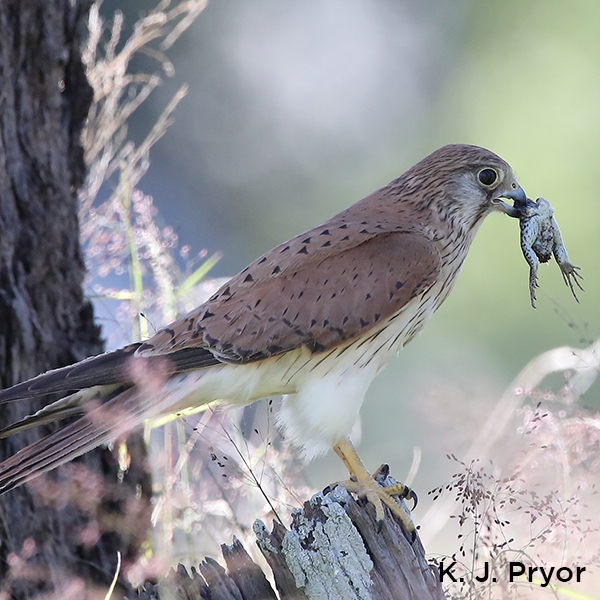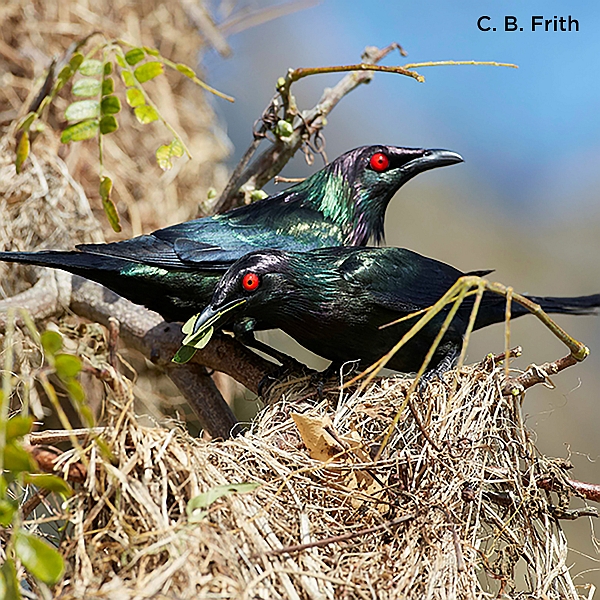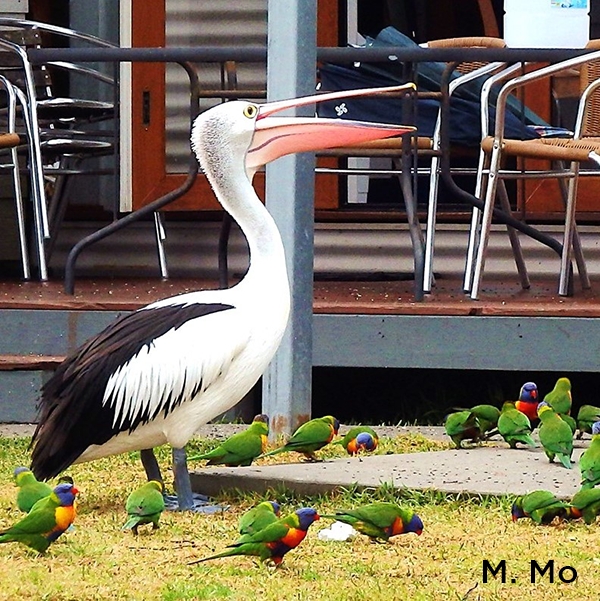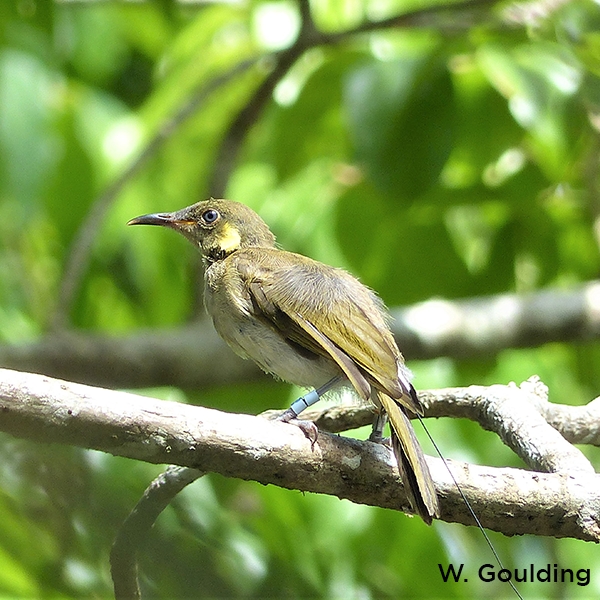Studies of ibises in Victoria, II: Comparison of records of breeding between the period 1955–1956 to 1979–1980 and the period 1980–1981 to 2023–2024
Kim W. Lowe
Abstract
Waterbirds across Australia are in significant decline. Aerial surveys have been used to estimate waterbird abundance, but their efficacy for estimating breeding is unclear. I collated records of ibis breeding to complement aerial survey data. These data from across Victoria between 1980–1981 and 2023–2024 are from birdwatchers, BirdLife Australia’s Birdata, eBird and the Australian Waterbird Surveys databases and from the literature. Ibis were recorded breeding at 79 sites across Victoria, including 53 sites where the only ibis species to breed was Australian White Ibis Threskiornis moluccus, six sites where only Straw-necked Ibis T. spinicollis bred, and 20 sites where both these species bred. There were no breeding records for Glossy Ibis Plegadis falcinellus in the period 1980–1981 to 2023–2024. Records are compared with data collected >40 years ago between 1955–1956 and 1979–1980. Of the 66 sites reported previously, 50 sites had no breeding records since 1979–1980. Breeding was recorded at 63 sites not reported previously. There were 22 new sites in urban areas around Victoria, mainly used by Australian White Ibis and reflecting the expansion of breeding locations seen in other parts of Australia. The number of breeding sites compared with previously is 38% larger for Australian White Ibis and 26% fewer for Straw-necked Ibis. Because of the difficulties with counting nests, estimating the current total breeding population of ibises in Victoria is tentative but appears now to be much lower than previously reported. Straw-necked Ibis nest numbers remain approximately the same but are more concentrated in fewer colonies, especially in coastal Victoria. Australian White Ibis nest numbers appear to be significantly lower now. Both species may now be more susceptible to negative events at breeding sites, so protection of these sites and ongoing regular monitoring are increasingly important to maintain the Victorian population.

